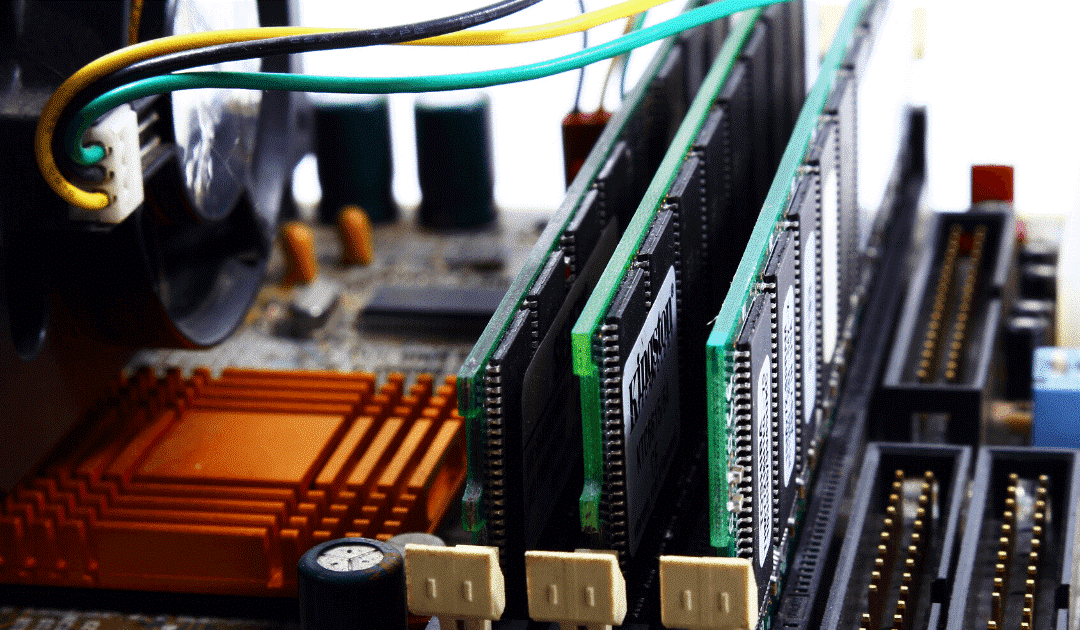By James Owen
Cutting checks to 171 million Americans is no easy logistical undertaking. It gets harder when you don’t have direct deposit information for as many as 110 million.[1] That challenge is why you’ve probably tried to check the status of your refund on the IRS tool, or seen articles explaining why you were left out of the first, or second, wave of direct deposit checks.
These trackers and articles are helpful in the short term. However, they miss the bigger, long-term challenge for the financial system: the federal government has increased use of electronic funds transfers and unbanked individuals don’t have bank accounts. As such, it’ll be harder for the most financially vulnerable to get the economic assistance they need.
Nationally, 7 percent of American families are unbanked, and 20 percent are underbanked. As we’ve explained before, being unbanked comes with a unique set of challenges. In this case, it means extra steps and delays before you can use your money.
So far, the US Treasury has either direct deposited or mailed approximately 100 million checks.[2] Most of these checks were sent in mid-April as direct deposits to the bank account you listed on your 2018 or 2019 tax returns. In the past two weeks, the Treasury has begun mailing about five million paper checks each week.
Despite this progress, there are critical gaps in the financial system that are delaying or completely derailing money from getting to the people.
While the unbanked and underbanked will likely still get their money, it will probably not be as expeditious as a direct deposit. For a group that already tends to be lower income, that $1,200 check could be the lifeline to maintaining housing, getting groceries, or keeping the internet on for at-home school instruction.
Similarly, as many as 10 million people – including disabled persons and students – may not even be in the IRS system because their income is lower than $12,200. Therefore, by law, they don’t have to file taxes.[3]
Alternative financial services also muddy the waters. Many of the underbanked pay services to do their taxes. However, as one article noted, these tax-preparation service fees are taken out of the tax return. To comply with regulations, the tax return is sent through a middleman account not owned by the tax return recipient before being split between the recipient and the tax preparer. Unfortunately, some of the economic assistance payments have gone to the middleman account, not to the person that might need the check because they are recently unemployed. Now, some payments are “lost” somewhere between the IRS, the middleman, and the tax preparer. They’re not in the hands of the person who needs it most.
The goal of the economic impact payment was to get money into people’s hands; Treasury Secretary Mnuchin acknowledged that “This money does people no good if it shows up in four months.”[4]
To remedy this in the short term, the IRS has a portal where non-filers can enter their information to receive a direct deposit, and Bank On Arkansas+ is conducting outreach to help connect the unbanked with low- to no-cost bank accounts so they can access economic assistance payments via direct deposit.
Bank On Arkansas + is a coalition of financial institutions, nonprofits, grantmaking organizations, and public-sector units that have partnered to help move unbanked individuals into the electronic financial system by creating special accounts designed to bank the unbanked. If you or your organization are interested in developing a Bank On Certified account, providing outreach assistance, or helping in other ways, visit https://www.bankonar.org/ to learn more and join the coalition.
Despite these short-term remedies, we’re still left with the long-term problem of ushering the unbanked and financially vulnerable into the banking system. As we continue this blog series, we will examine public policies that create barriers for the un/underbanked to fully participate in the mainstream economic system, and advocate for interventions that can help remove those barriers.
Calculation: 88.1 Million as of April 17; IRS mailing approximately 5 million per week.
[3] https://www.cnn.com/2020/04/08/politics/americans-left-out-covid-stimulus-payments/index.html

